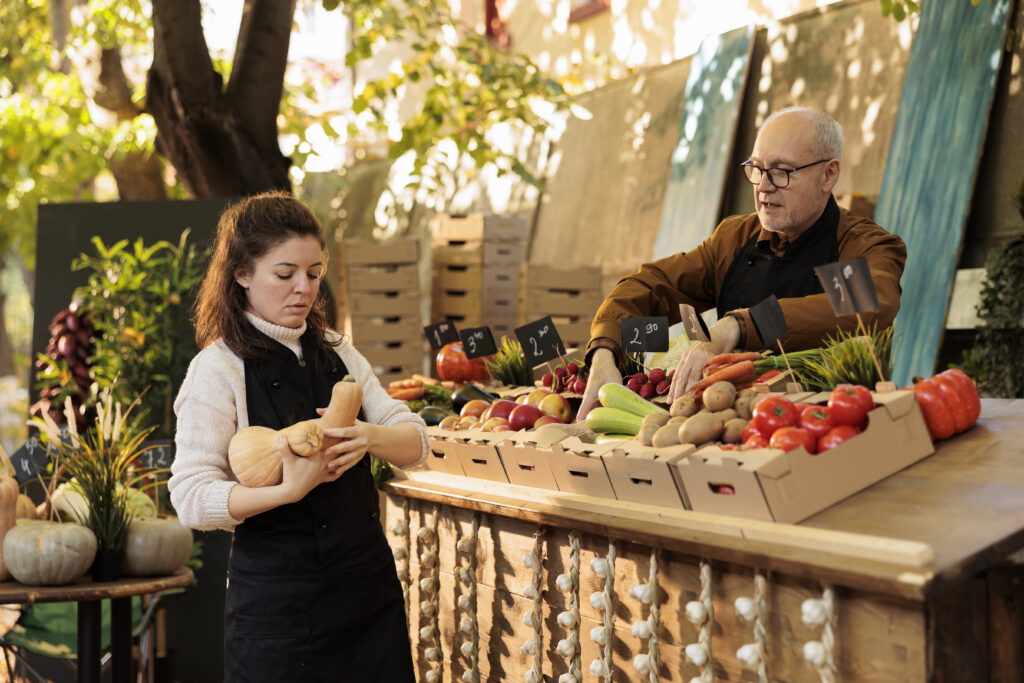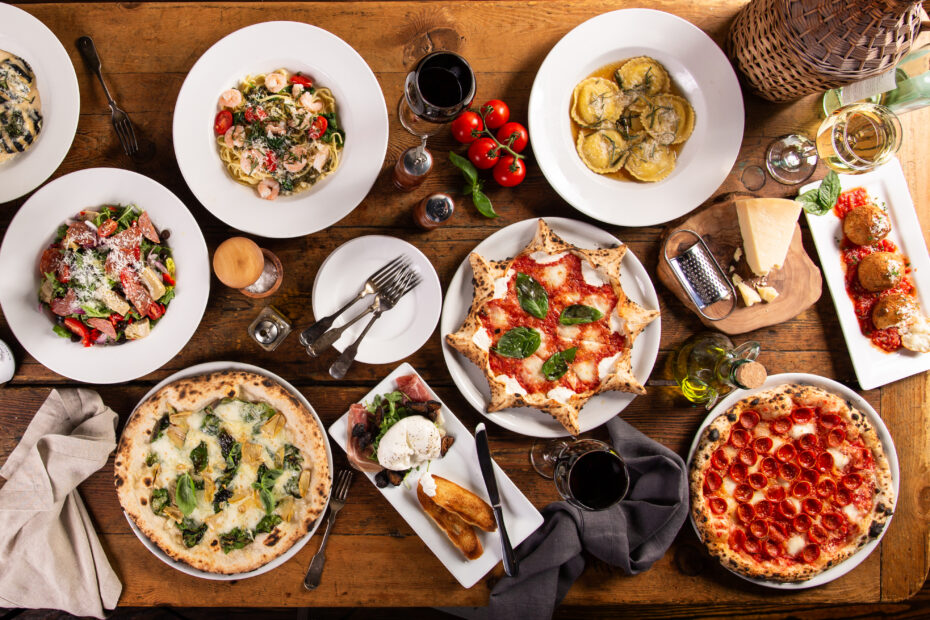In Italy, food isn’t just about eating, it’s a daily celebration of seasonality, simplicity, and community. One of the best ways to experience authentic Italian life is to step away from tourist menus and into the lively rhythm of local markets. Whether you’re in Palermo’s vibrant Vucciria, Florence’s historic Sant’Ambrogio, or Rome’s beloved Campo de’ Fiori, shopping and cooking like an Italian means connecting with producers, choosing with your senses, and preparing meals that reflect time, place, and tradition.
Florence: Sant’Ambrogio Market & Ribollita
Located just east of Florence’s historic center, Mercato di Sant’Ambrogio is a local favorite. Unlike the more touristy Mercato Centrale, Sant’Ambrogio feels personal—here you’ll hear Tuscan dialects, see regulars picking out produce, and meet butchers, bakers, and cheesemongers who know their craft.
Pick up seasonal vegetables like kale (cavolo nero), carrots, onions, and cannellini beans—ingredients for the beloved Florentine soup ribollita. This peasant dish, originally made to use up stale bread, is rich, comforting, and deeply tied to Tuscany’s food philosophy: waste nothing and flavor everything. After a morning at the market, this one-pot meal is the ultimate reward.
Rome: Campo de’ Fiori & Spaghetti alla Carbonara
A short walk from Piazza Navona, Campo de’ Fiori has hosted markets since the 1800s. Today, it buzzes with vendors selling herbs, Roman artichokes, sun-dried tomatoes, and cheeses. For a more local experience, combine it with a stop at Testaccio Market, where you’ll find fresh guanciale, eggs, pecorino romano, and handmade pasta, all the essentials for an authentic carbonara.
Forget the cream—real carbonara relies on simple, bold ingredients and proper technique. Tossing the hot pasta with egg, cheese, and crispy guanciale forms a silky sauce without needing anything extra. Cooking it at home after shopping in the markets turns an everyday Roman meal into your own personal feast.

Palermo: Ballarò Market & Caponata
In Sicily, food bursts with color and contrast, and nowhere is this more visible than Ballarò Market. Street vendors shout out daily specials as the scent of fried panelle and grilled eggplant fills the air. Here you’ll find ripe tomatoes, capers, pine nuts, and sweet-sour vinegar, key ingredients in caponata, a classic Sicilian vegetable dish.
Caponata is a celebration of balance, sweet, sour, soft, and crunchy. Typically served at room temperature, it’s made in advance, allowing flavors to deepen. Paired with crusty bread and a glass of local Nero d’Avola, it’s an ideal market-to-table meal that tells a story of Arab, Spanish, and Mediterranean influences.
Shopping Tips: How Italians Do It
- Go early. Markets open early and close by lunchtime. Italians shop often and buy small quantities to keep food fresh.
- Bring cash and a reusable bag. Small bills and friendly greetings (“Buongiorno!”) go a long way.
- Ask questions. Vendors love to recommend the best ways to cook their produce or which cheese pairs with which wine.
- Choose with your eyes and nose. Italians rely on intuition, fruits should be fragrant, vegetables firm, and nothing overly packaged.
Cooking Like a Local
Cooking Italian food isn’t about exact measurements, it’s about feeling, tasting, and adjusting. Italians trust ingredients to shine. Use olive oil generously, season with purpose, and never underestimate the power of fresh herbs or grated Parmigiano Reggiano.
Whether you’re making a rustic soup, tossing pasta, or layering eggplant slices, the joy comes from the ritual: choosing each ingredient with care, preparing it slowly, and sharing it at a table. Food is memory, connection, and everyday joy.
Join the Flavors of Italy with Maestro Discover Italy
At Maestro Discover Italy, we don’t just take you to the best restaurants, we take you to the source. Our curated itineraries lead you through local markets, cooking classes, family farms, and hidden kitchens where food is still made the old way, with love and intention.

